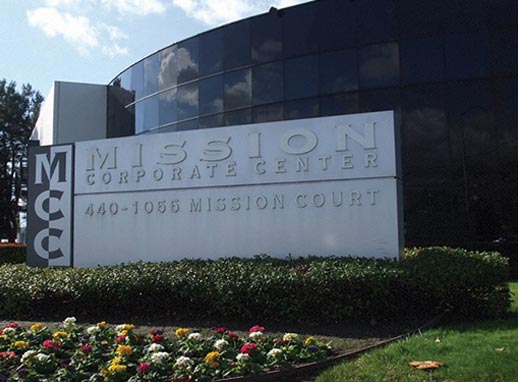One of the essential characteristics of a cloud computing infrastructure is resource pooling. A hypervisor is installed on individual systems to provide abstraction of the underlying hardware in order to provide resource pooling for compute resources. In the Microsoft Windows Server 2012 R2 operating system, the hypervisor is Hyper-V. Hyper-V is maturing at remarkable speeds, due in no small part to the fact that Microsoft leverages Hyper-V as the hypervisor for its public Infrastructure-as-a-Service (IaaS) offering, Windows Azure. To understand the potential capacity that a Microsoft Hyper-V cloud infrastructure is capable of supporting, it is helpful to look at some of the capabilities in the latest release of Hyper-V in Windows Server 2012 R2.
Hyper-V in Windows Server 2012 now offers support for up to 320 logical processors and up to 2048 virtual processors per Hyper-V host. Each Hyper-V host can support 4TB RAM and up to 1024 running virtual machines. In addition, Hyper-V supports failover clustering of up to 64 nodes in a single cluster with support for 8000 running virtual machines per cluster. For guest virtual machines running in Hyper-V, up to 64 virtual CPUs are supported, with up to 1TB RAM and up to 64TB virtual disks and up to 12 virtual network adapters. All of this means that you can leverage the Microsoft Windows Server 2012 R2 operating system as the foundation of your private cloud with the confidence of knowing that Hyper-V is a proven, reliable, scalable, and high-performing cloud infrastructure platform.
Microsoft Windows Server 2012 R2, along with System Center Virtual Machine Manager 2012 R2, are the building blocks of the Iron Networks IronPOD converged infrastructure solution. The IronPOD was created to allow organizations to quickly, easily, and effectively deploy a private cloud infrastructure utilizing the Windows cloud operating system and management stack. It is a 100% Microsoft solution, top to bottom. Along with Windows Server 2012 R2 Hyper-V and System Center Virtual Machine Manager 2012 R2, the IronPOD solution leverages Windows Server 2012 R2 Storage Spaces and SMB-Direct to provide high performance, low cost storage for the private cloud. The IronPOD is a turn-key, ready to deploy appliance that is, essentially, a cloud infrastructure-in-a-box.
The IronPOD solution addresses several key deployment scenarios in today’s corporate computing environments. One challenge that many administrators face today is that they simply don't have the time to invest or the additional hardware to implement a Microsoft private cloud environment to evaluate the platform. The IronPOD can fill this need perfectly. With a single SKU you can purchase the entire Microsoft private cloud solution stack in a single rack and in a matter of hours you can begin migrating existing workloads to the IronPOD for evaluation and testing. For large enterprises undertaking datacenter modernization efforts and looking to leverage the tremendous benefits of private cloud computing, the IronPOD presents a solution that can be easily procured and delivers the shortest time to deployment possible. For Infrastructure-as-a-Service (IaaS) hosting providers, the cost savings recognized by the Microsoft private cloud solution and the Iron Networks commodity hardware make the overall solution quite compelling. In addition, leveraging the Microsoft private cloud stack makes the migration of Microsoft workloads nearly seamless, which is an inherent advantage when compared to competing public cloud offerings.
Regardless of the size of your organization, small or large, private or hosted, there are tremendous benefits to deploying the Microsoft private cloud infrastructure using the Iron Networks IronPOD converged infrastructure solution. To learn more about the IronPOD, click here.


